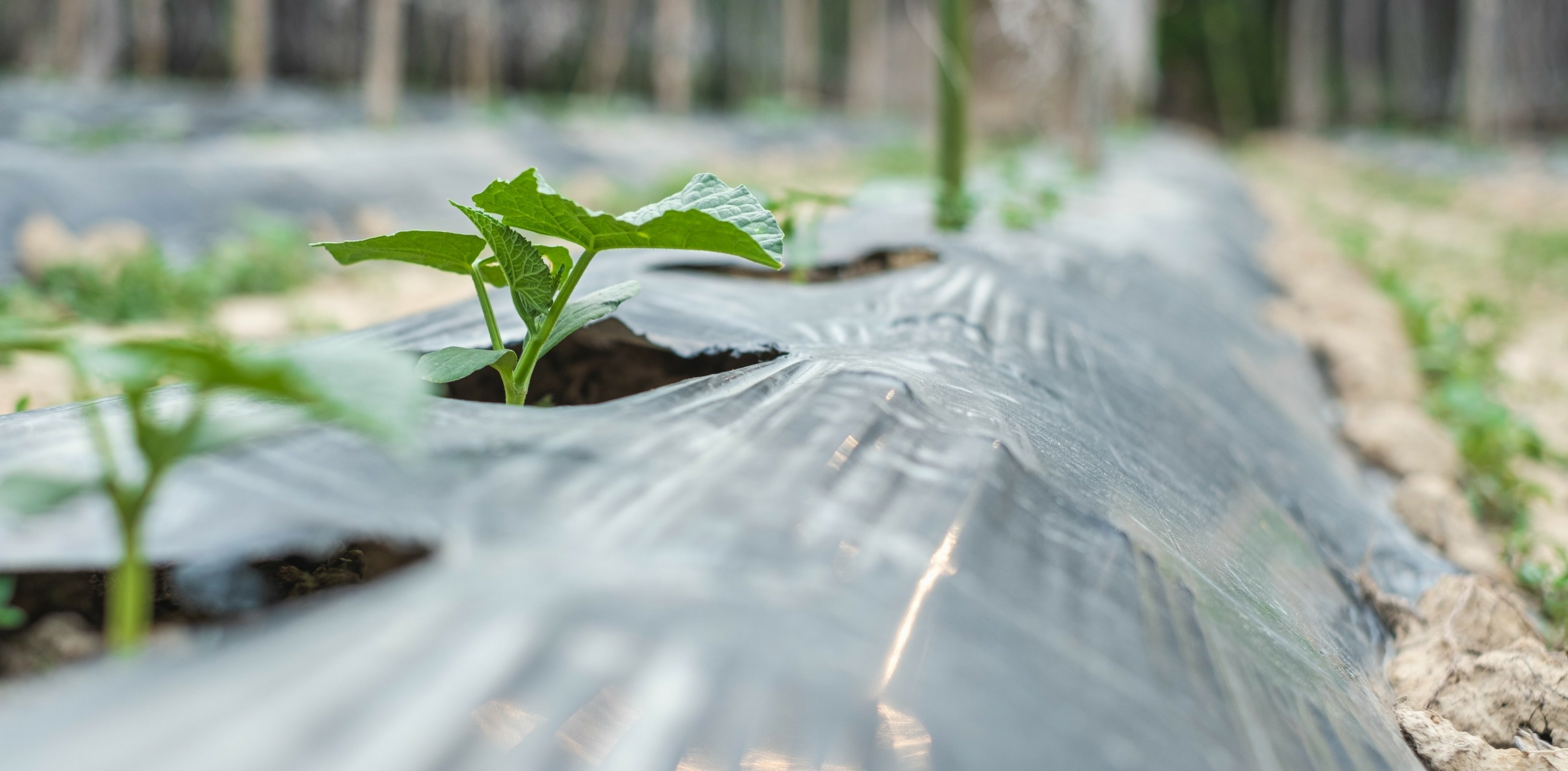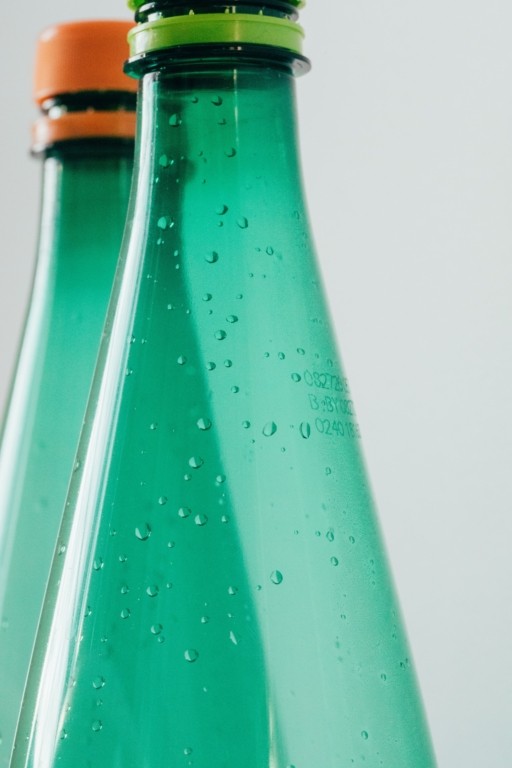
EuPC is the EU-level Trade Association, based in Brussels, representing European Plastics Converters. Conducted a study spanning over six months testing the impact of Oxo-degradable technologies. The testing protocol had called for over 9.45 metric tons of plastic carrier bags and over 3,700 measurements were taken during that six month period. The EuPC has staggering results finding that through peer-reviewed science the oxo additives are “detrimental” on “mechanical properties of the recycled material, but also involve visual impacts on the newly produced films”. These test results prove the Oxo-degradable products are in fact not recyclable, do impact the recycling stream and will cause a major impact on recycling of plastic bags. There were four different formulations for oxo-degradable and oxo-biodegradable products tested against one virgin LDPE recycled material. Following the test results the EuPC urged legislation and waste management authorities to push for increased separation of the materials that use oxo-degradable and oxo-biodegradable additives.
The press release that was sent out today has sent many in Europe scrambling for alternatives to the Oxo-degradable technologies as previously they believed their products “had no impact to recycling”. Regrind of the material and actually recycling the “degraded” material is quit a different process. The material undergoes degradation if any material has seen sunlight. During this time according to the oxo-degradable material it reduces the material into a polyol, diol or back to a monomer form of the plastic. This reduces the molecular weight of the material and therefore will have a different molecular weight this in turn causes issues with the third process of recycling, which is the flotation tank. The flotation tank separate material at a different level based on density. The density of the oxo-degradable material has undergone some or partial degradation based on thermal reaction with UV light. The UV light will continue to break the polymers down into “flake” which in turn will have a better chance to be consumed by microorganisms due to reduction of the polymer chain to heat and UV light. This in turns creates a separation of density between products that have not been degraded such as materials used in regrind.
Regrinding materials very rarely see the outside world and are contained. Continuous processes are generally the way regrind is used when manufacturing bags as there is continued waste product which is produced. The material which has been grinded by the manufacture is then placed back into the mix and should see little to no degradation by the oxo-degradable products.
The density of the final product made with Oxo-degradable additives in turn have a reduced density in comparison to their counterparts virgin LDPE resins, and therefore “are detrimental on mechanical properties of the recycled material”.
If the oxodegradable products did not have the initial phase of UV degradation based on light and heat, the density of the product would not be changed. This in turn would have no impact on the normal recycling of plastics.



